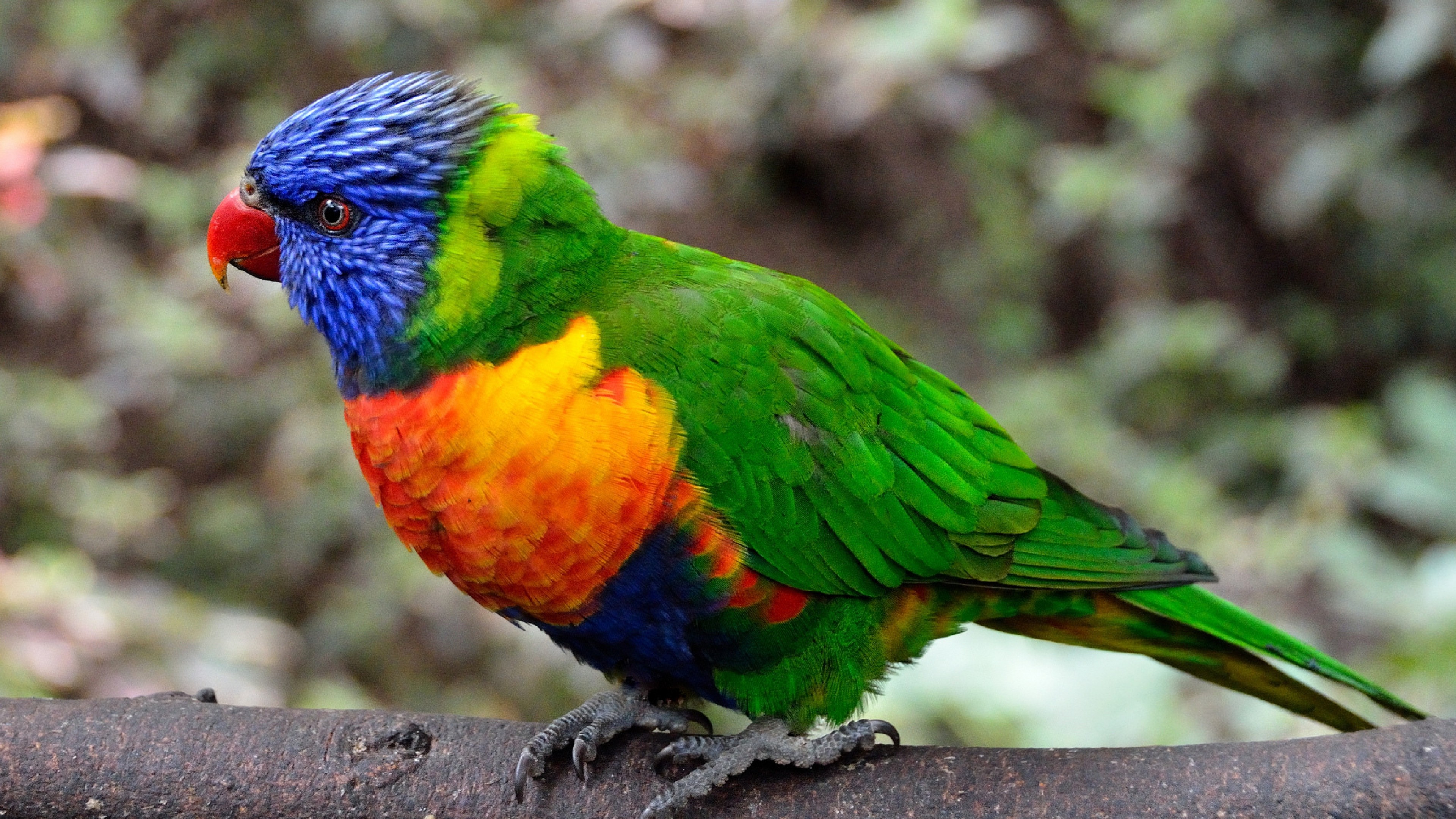I’m so excited to tell you today everything you need to know about taking care of the cute Bird’s Nest Snake Plant (Sansevieria trifasciata ‘Hahnii’). I’ve been growing these cute little plants for years, and I can say that they’re great for both new and experienced plant parents.
What Makes the Bird’s Nest Snake Plant Special?
This little gem is actually a dwarf cultivar of the regular snake plant but with its own unique charm
- Grows in a cute rosette shape (like a bird’s nest!)
- Stays compact at 6-12 inches tall
- Has dark green leaves with gray-green bands
- Super low-maintenance (perfect for busy people!)
- Great air-purifying abilities
Essential Care Guide
Light Requirements
These tough little plants are pretty chill about lighting. Here’s what they like:
- Bright indirect light is ideal
- Can handle low light conditions
- Avoid direct sunlight (nobody likes sunburned leaves!)
- Best spot: 3-6 feet from a window
Watering Needs
Here’s the tea on watering – these plants are basically camels!
- Let soil dry between waterings
- Water less in winter
- Pro tip: When in doubt, don’t water!
- Warning: Never let water sit in the center of the rosette
Soil & Potting
The right soil mix makes a huge difference:
Perfect Soil Recipe:- 50% regular potting soil- 50% cactus/succulent mix- Add extra perlite or sand for drainageTemperature & Humidity
These plants aren’t divas about conditions
- Ideal temp: 65-80°F (18-27°C)
- Average home humidity is fine
- Keep away from cold drafts
- Can handle temp fluctuations like a champ
Common Problems & Solutions
Look, even the easiest plants can have bad hair days. Here’s what to watch for:
Problem Signs:
- Yellow leaves = probably overwatering
- Brown crispy tips = needs more humidity
- Floppy leaves = check your lighting
- No growth = might need repotting
Propagation: Making Baby Bird’s Nests
Want more plants? (Who doesn’t?) Here’s how to multiply your collection:
- Division during repotting
- Leaf cuttings in soil
- Rhizome separation
Pro Tips from My Experience
After growing these cuties for years, here are my personal tips:
- Don’t fuss too much – they thrive on neglect
- Clean leaves with a damp cloth (no leaf shine!)
- Repot every 2-3 years or when rootbound
- Keep away from pets (they’re toxic if munched)
Decorating with Bird’s Nest Snake Plants
These versatile plants look amazing:
- On desks or windowsills
- In bathroom corners
- As part of succulent arrangements
- On coffee tables or shelves
Final Thoughts
I have to say that the Bird’s Nest Snake Plant is one of the few plants that looks cute and is almost impossible to kill. We’ve all been there: you forget about a plant for a few weeks and it still lives. This is the plant for you.
Remember that the best thing about these plants is that they are easy to forgive. They usually get right back on track after a mistake. They’ll be your plant friends for years to come if you give them soil that drains well and don’t water them too much.
Would you like me to explain anything in more detail? Drop a comment below!
Happy planting, everyone!

Pruning
Prune snake plants during the growing season to encourage new growth. To control height, remove the tallest leaves at the soil line with a sterile cutting tool. Damaged leaves can be removed at any time, however, winter pruning can cause stress.
Fertilizer
Feed your snake plant once in spring and once in mid-summer with a balanced, slow-release 10-10-10 fertilizer diluted to half strength. Do not fertilize in winter.
Sansevieria Hahnii (Bird Nest Snake Plant) Care And Growing Guide
FAQ
How do you take care of a birds nest snake plant?
Bird’s nest snake plants, or Sansevieria hahnii, are easy-to-care-for houseplants that do best in bright, indirect sunlight but can also grow in low light. They prefer well-draining soil, infrequent watering, and average home temperatures.
How do you care for a bird’s nest plant?
If you give it what it wants, this beautiful plant feels right at home here in the UK. Give moderate light. Because bird’s nest ferns usually grow underneath the cover of trees, they are not fans of direct sunlight. Water regularly. Provide moist soil with good drainage. Grow in a humid home. Keep comfortable temperatures.
How much direct sunlight does a snake plant need?
Light. Snake plants need 8 to 10 hours of indirect sunlight per day, and they can tolerate a few hours of direct sunlight.
How do I keep my snake plant happy?
Snake plants don’t like too much water, so it’s important to only water them when the soil is completely dry. You can check by sticking your finger a couple of inches into the soil, if it feels dry, it’s time to water. Overwatering is a common mistake and can cause the leaves to turn yellow and the roots to rot.
